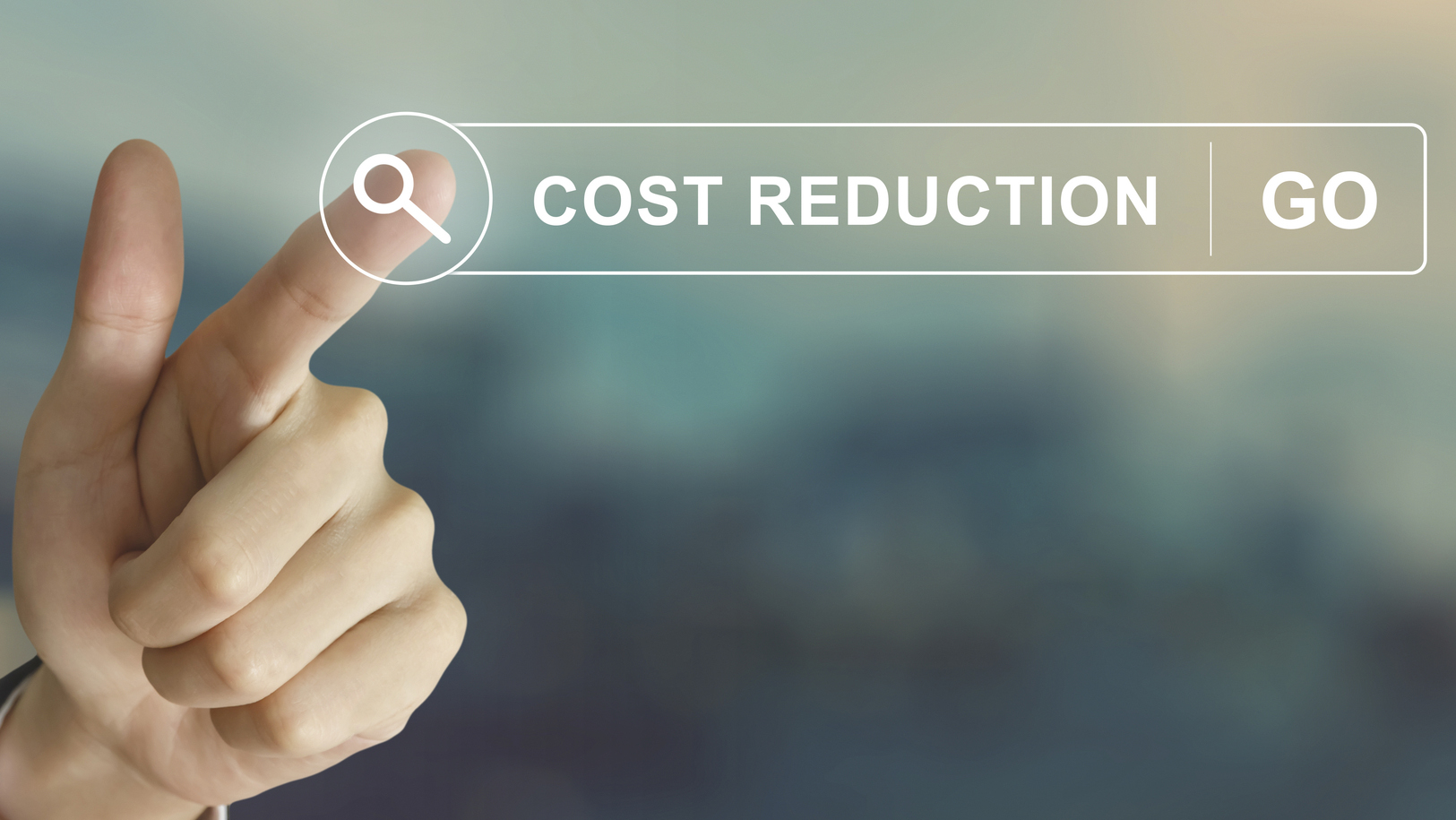The use of predictive analytics in workers' compensation has emerged as a viable way to better manage claims, as well as to find and fix problem areas that may be systematically driving costs up.
The 2016 RIMS session, "The Proof Is in the Data: Applying Predictive Analytics to Reduce Workers' Compensation Risk," which was presented jointly with JJ Schmidt, senior vice president, York, shared the following insights, examples and advice about using predictive analytics in your company.
|Predictive analytics and injured workers
Today's injured employee is likely to be older, in poorer health, and at higher risk for a complex injury or claim than in previous decades.
- By 2020 — just a few years away — an estimated 25 percent of the U.S. workforce will be over the age of fifty-five, according to the U.S. Bureau of Labor Statistics. Unfortunately, higher costs and slower return-to-work are hallmarks of injuries involving America's aging workforce.
- Many patients have more than one chronic medical condition (comorbidity) — for example, diabetes and obesity, often referred to as "diabesity." According to the National Bureau of Economic Research, in 2016, obesity alone costs the U.S. $200 billion dollars a year, more than 10 percent of healthcare costs.
The use of predictive analytics allows claims managers to identify potential complicating factors about an individual's condition up-front, enabling them to take these risks into account and create a more proactive approach to their ongoing treatment plans. The same data and insights can be applied to a return-to-work plan to reduce the risk of re-injury. Insights from predictive analytics can identify "routine" claims that have the potential to become complex, as well as patterns in types of injuries that can be corrected to reduce cost and improve outcomes.
Workers' comp costs are often hidden beneath the surface, like an iceberg. (Photo: iStock)
|Defusing the hidden risks in claims
The science of predictive analytics involves overlaying algorithms onto claim and managed care data to:
- Identify patterns and relationships,
- Gain insight into individual claims and patient populations,
- Identify ways to take specific actions for improvement, and
- Potentially alter the clinical pathways for injured workers to promote a faster, safer recovery.
By using scientifically proven methods and combining these methods with comorbidity data, geographic factors, patient history, access to best-in-class physicians, and other elements of data, risk managers can have a positive impact on the clinical lifecycle.
Predictive analytics is like the periscope that can see the 90 percent of the iceberg that is hidden beneath the surface, before it gouges a hole in the ocean liner of claims management, and sinks it.
The danger of a potentially high-cost claim is that that it — like an iceberg — is hidden from view, disguised as a perfectly normal case until suddenly it explodes into a complicated, costly quagmire of missed opportunities for intervention and unnecessary medical complications.
Predictive analytic programs can identify these high-risk claims by analyzing all the claim's pieces and how they interact, based on the data that's in the system but that's difficult for the human brain to locate and synthesize. It's the impact of the pieces of the claim, usually not any one factor, that affects the duration and cost of the claim.
By creating this holistic view and an early warning system, predictive analytics allows workers' compensation professionals to anticipate potential problems from the outset of a claim, long before it escalates out of control. Predictive analytics also can show the patterns of change that indicate some type of action is needed, and then provide insight into what that course of action should be.
Continue reading…

Many companies are seeing decreases of 5 to 33 percent in workers' comp claims with predictive analytics. (Photo: iStock)
|Does it work?
Using predictive analytics, payers have reported seeing decreases in average costs between 5 to 33 percent for specific types of claims.
The approach followed by York's TeamComp, for example, was a multi-pronged intervention program that included a combination of:
- alerts generated through predictive analytics,
- rapid responses that included adjuster reviews, claims strategy development and clinical assignments, and
- clear accountability for action through claim manager and vice president review, senior leadership tracking, and quality assurance review.
This program is credited with achieving a 32 percent decrease in average payments per claim, a 34 percent decrease in average lost time days, and a 29 percent decrease in average total medical costs. For medical only claims, the data shows a 71 percent decrease in the average total paid per claim, a 59 percent decrease in average medical costs, and a 73 percent decrease in average lost time days.
Compiling the data can seem like putting a puzzle together. (Photo: iStock)
|Putting together the program
Certain pieces of data, when looked at holistically, can predict and direct a claim, including the first report of injury or first notice of loss; the claim system; managed care data, including bill review, utilization review, and pharmacy data; and settlement data. In addition, informative data can come from the following:
- therapy benchmarks
- the length of time between medical treatments
- types of medication
- the duration of treatment or disability
- equipment or supply cost thresholds
- psychosocial factors
By finding the patterns, workers' compensation professionals can ensure early intervention and deploy the right treatments throughout the life of a claim. With data that can indicate a high-risk or a potential situation needing attention, better quality and more accurate decisions can be made. As a result, the injured worker receives more appropriate care, and problems can be prevented or controlled before they impact claims, outcomes and costs.
Key measures of success in predictive analytics programs include:
- average claim costs,
- average medical costs,
- average number of disability/lost time days,
- average number of days for claim, open to close, and
- lower costs for surgeries, medical equipment and other treatments.
As a long term benefit, using predictive analytics can help organizations develop more effective programs, processes and improve claims management while lowering costs.
Michelle Despres, PT, CEAS II, is the vice president and national product leader at Align Networks (Jacksonville, Fla.), a division of One Call Care Management, a provider of specialized cost containment services to the Workers' Compensation industry. She can be reached at [email protected].
Want to continue reading?
Become a Free PropertyCasualty360 Digital Reader
Your access to unlimited PropertyCasualty360 content isn’t changing.
Once you are an ALM digital member, you’ll receive:
- Breaking insurance news and analysis, on-site and via our newsletters and custom alerts
- Weekly Insurance Speak podcast featuring exclusive interviews with industry leaders
- Educational webcasts, white papers, and ebooks from industry thought leaders
- Critical converage of the employee benefits and financial advisory markets on our other ALM sites, BenefitsPRO and ThinkAdvisor
Already have an account? Sign In Now
© 2024 ALM Global, LLC, All Rights Reserved. Request academic re-use from www.copyright.com. All other uses, submit a request to [email protected]. For more information visit Asset & Logo Licensing.










